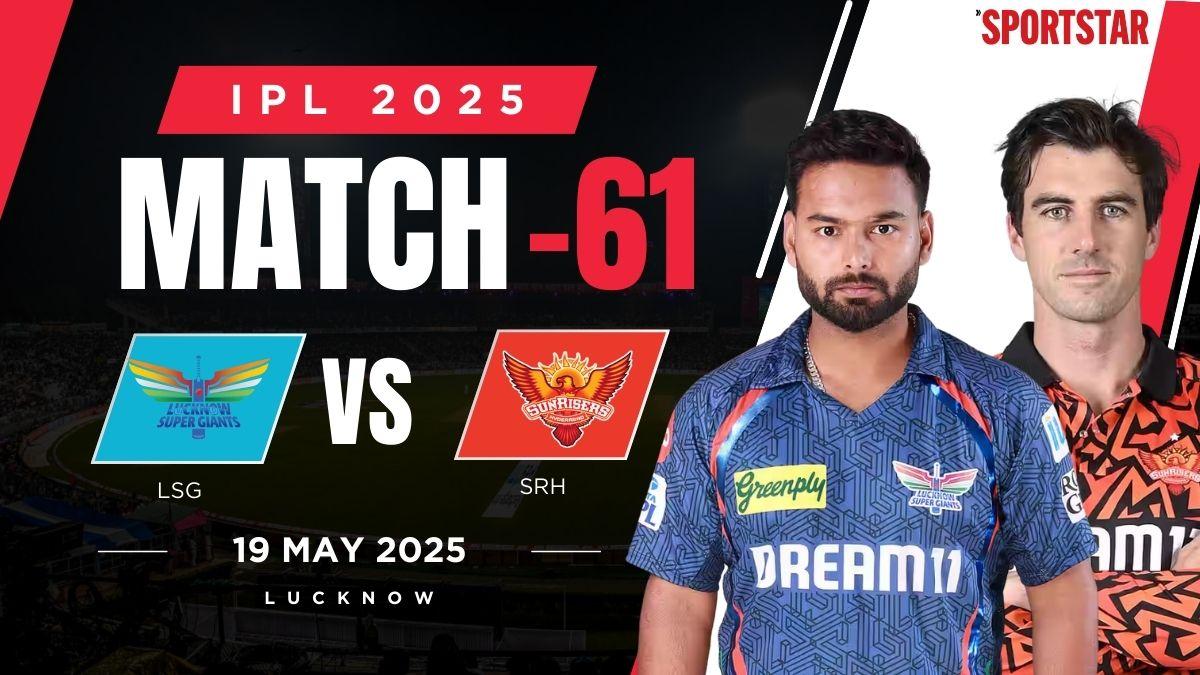The global cricket market: Connecting with fans and driving ROI

Cricket, a sport often associated with Commonwealth nations, is experiencing a remarkable surge in global appeal.1 While its traditional strongholds remain undeniable, the sport is attracting new audiences and generating significant interest in regions far beyond its origins. The sport is set to make a historic return to the Olympic Games in Los Angeles 2028 after a 128-year absence, with a potential to create a powerful platform for advertisers to engage with its expanding global audience.To maximize the effectiveness of these engagements and return on investment, brands need a deep understanding of the sport’s valuable markets, interests that shape cricket’s devoted fans worldwide, and impactful ways to leverage emotional connections between fans and the game to drive measurable results.Cricket’s global reachReaching global cricket audiences effectively requires advertisers to move beyond broad generalizations. The sport’s reach, while extensive, is characterized by significant regional differences in fan behavior and market dynamics-factors that are essential to connecting meaningfully with this diverse audience.India stands out as the most significant market in the global cricket landscape, where a remarkable 66.1% of people are fans of the sport, the highest amongst the countries we looked at. Beyond India, the UAE also shows significant traction, with 52.2% of people demonstrating strong interest.Cricket maintains solid and loyal fan bases in countries like Australia, where 34.2% of the individuals said they are interested or very interested, followed by New Zealand at 27.9%, and the U.K. at 25.5%. Advertisers looking to tap into such established markets with a history of strong fan loyalty can find significant value in reaching these cricket fans.However, alongside these established markets, it’s equally important to consider emerging markets when anticipating future shifts in market share. The U.S., for example, has a lower level of interest, with fans representing 12.8% of Americans. Despite this, the market presents an attractive proposition for brands as it represents a sizable group within the large U.S. population and a significant 71.9% of U.S. cricket fans agree that companies sponsoring sports gain appeal with the audience, compared with just 51% of the general population.Leveraging cricket’s appealCricket fans’ engagement extends beyond the boundary rope, creating a fertile ground for brand partnerships. The sport’s passionate fan base doesn’t just consume content—they actively engage with the brands that support their beloved game. Engaging in this way creates powerful dynamics for sponsorship effectiveness.Influencing purchase decisionsCricket fans show a strong tendency to favor brands that sponsor the sport. In regions where cricket enthusiasm is high, consumers are more likely to choose a sponsor’s product over a competitor’s when price and quality are comparable. In the UAE, 69% of cricket fans prefer sponsor brands versus 60.6% of the total population. India shows 61.1% of fans preferring sponsors compared to 56.7% overall, and the UK sees 44.3% of fans preferring sponsors against 31.2% of the general population.Boosting brand recallCricket has the capacity to boost brand recognition, especially within its dedicated fan base. Fans report an enhanced ability to remember sponsoring companies’ names compared to general advertising. In the U.S., 74.3% of cricket fans report stronger ability to recall brands through sponsorships, compared to 49.5% non-cricket fans. The UAE also shows impressive figures, with 72% of cricket fans exhibiting this effect, compared to 66.4% of the general audience. In India, 64.7% of cricket fans show better recall, compared to 60.1% of others who aren’t fans.Driving engagementCricket fans display a more proactive interest in sponsor brands than others, actively informing themselves about brands engaged as a sponsor in sport. In the UAE, 70.5% of cricket fans actively inform themselves about brands engaged as a sponsor in sport, compared to 63.5% of the general population. The U.S. also exhibits this trend, with 66.4% of cricket fans engaging in this behavior, compared to just 28.4% of those outside the cricket fanbase. India follows suit, with 58.1% of cricket fans actively informing themselves about brands engaged as a sponsor in sport, compared to 53.9% of the general population.Cricket fans’ other interestsCricket fandom doesn’t exist in isolation. Across various countries, cricket fans consistently demonstrate strong interest for the most popular national or regional sports, creating valuable opportunities for strategic integrated marketing efforts that combine cricket advertising with campaigns targeting fans of other sports.When looking at sports other than cricket, football/soccer and tennis show widespread popularity among cricket fans in various countries. Football/soccer ranks within the top three interests in India, New Zealand, U.K., U.S. the UAE. Regional sports are also highly popular—such as Australian rules football in Australia and rugby league and rugby/rugby union in New Zealand. The established sporting cultures of these countries significantly shape sporting preferences beyond cricket. The top rankings of baseball among the U.S. cricket fans, and strong interest in Kabaddi in India, serve as examples of this alignment.Understanding these nuances of fan behavior and market dynamics is important for optimizing advertising campaigns within the cricket landscape. To drive fan growth and connection globally by understanding fan interests, media habits, and brand attitudes with Nielsen Fan Insights, marketers can gain the deeper fan understanding needed to maximize campaign performance and prove ROI. Learn more about measuring your ad campaign’s success during events like the Tata Indian Premier League 2025 (IPL) on our website.Source notes:1 Dominance of Cricket in Commonwealth Nations: A Sporting LegacyAll data presented in this article is from Nielsen Fan Insights (November 2024: Australia, India, New Zealand, UK, May 2024: UAE, August 2024: U.S).












